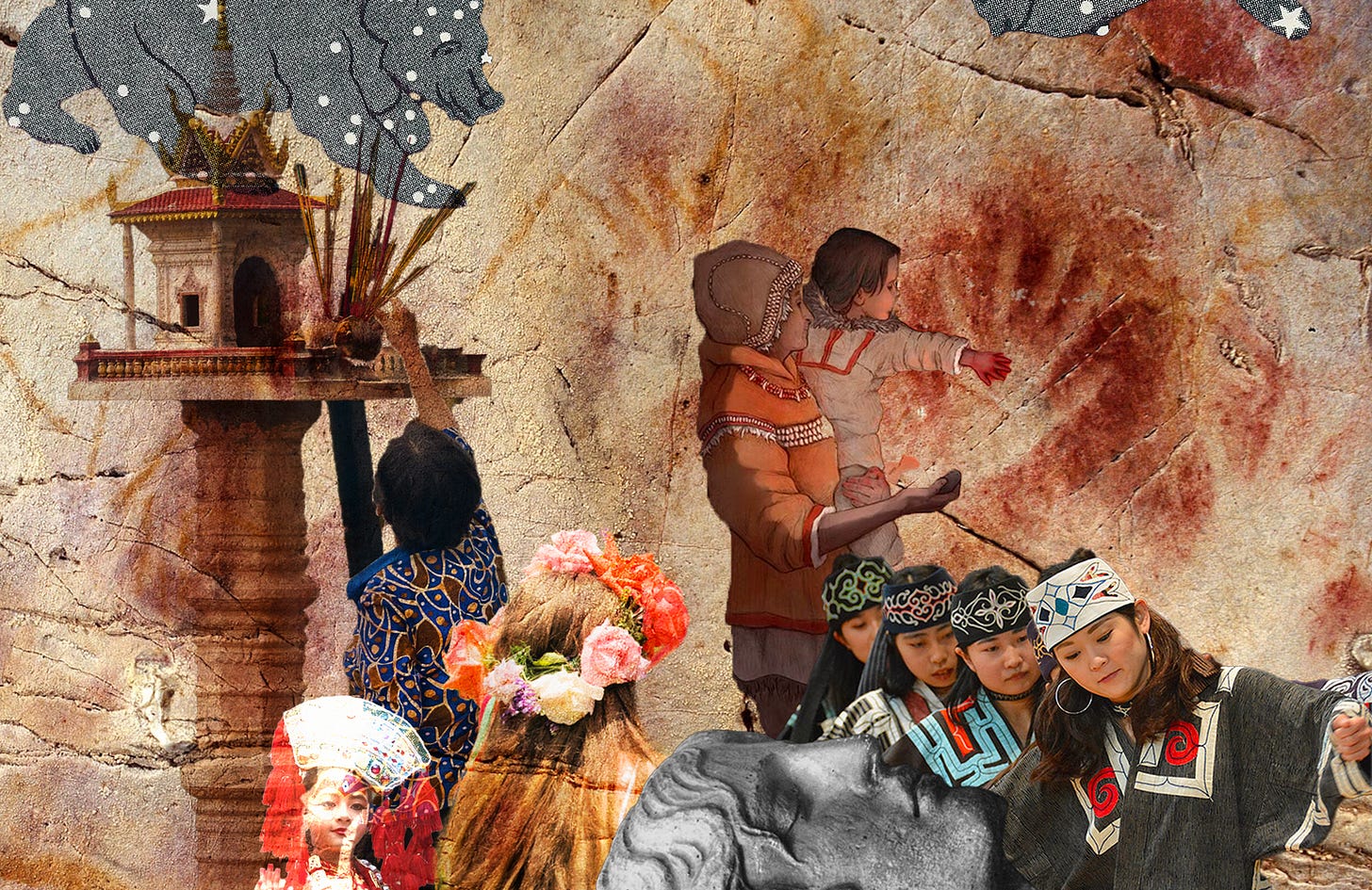A Pagan People
They were called primitive, their gods outlawed—but their worldviews remained, hidden in plain sight.
“The afterlife of our people, the eternal existence of souls within our land and not in a distant place, has been firmly maintained from the beginning of the world until now.” —Kunio Yanagita
In every age, we find the same battle playing out: rural versus urban culture, folk belief versus the official doctrine, the practical wisdom of generations versus the calculated intellect of authority. The term pagan originates from the Latin paganus, meaning country-dweller—a term designed to otherize. From the earliest days of Christian power in Rome to the suppression of traditional religion in China under Mao, we see the same phenomenon—one class of people, backed by power, imposing their worldview upon another, often erasing, distorting, or absorbing their beliefs. Yet, despite these efforts, so-called paganism never died. It persists because its roots are more profound than written records and official decrees. Even through the various civilizational leaps that have alienated us from nature, we hold on, largely subconsciously, to a worldview as old as time.
Like Neanderthals, whose spiritual depth was long denied, these traditions were never extinguished—only adapted. Their survival owes not to official preservation but to their embeddedness in the land, memory, and daily life of the people. Like their many descendants, the Neanderthal worldview was embedded in the cycles of nature, not the abstractions of empire.
Walter Yeeling Evans-Wentz, in The Fairy-Faith in Celtic Countries, notes how the belief in fairies is dismissed as “superstition,” forgetting that in doing so, one severs themselves from something fundamentally human:
“The great majority of men in cities are apt to pride themselves on their own expansion from ‘superstition’, and to smile pityingly at the poor countrymen and countrywomen who believe in fairies. But when they do so they forget that, with all their own admirable progress in material invention, with all the far-reaching data of their acquired science, with all the vast extent of their commercial and economic conquests, they themselves have ceased to be natural.”
Just as indigenous knowledge systems were cast aside in favor of industrialized, bureaucratic worldviews to the desired ends of civilization, Paleolithic culture remains underappreciated. Yet, these traditions persist, embedded in folklore, annual traditions, daily customs, and the deep structures of mythology. The rituals of the old world have persisted through suppression because they are not dependent on institutions. They are rooted in the land and the experience of generations.
Tribal vs. Universal Systems
Traditional pagan and tribal belief systems are inherited from the Stone Age. This “religion” (which can be more simply described as “worldview” relative to the common understanding of religion) was an organic expression of a community’s connection to its environment. In stark contrast, universalist religions like Christianity and Buddhism were imposed well after the dawn of urban civilization, often facilitated by strategic alliances, political patronage, and the appropriation of earlier myths.
Their scriptures, morals, and customs are amalgamations, making them palatable. However, the tenets of suffering and alienation from one’s home and family mark a significant distinction between the universalist and the localized that are necessary for centralizing authority. Japanese Shinto, for example, does not share Buddhism’s desire to escape the wheel of rebirth. It instead praises the ability to return and continue the work left unfinished:
“I would be reborn seven times to the same man and destroy traitors.” —Japanese folktale
“I would come again despite eight sufferings, if I could return to lead mankind.”—Murakami Yoshiko
A similar sentiment exists in Hinduism, where reincarnation is understood as part of one’s familial and communal responsibility, rather than a burden to be escaped. In contrast, the Buddhist view, which gained state sponsorship, redefined reincarnation as suffering and sought to sever individuals from their inherited bonds, similar to Christianity. Such theological shifts served ruling elites, who benefited from dissolving older kin-based societies in favor of centralized religious and political structures. Whereas land-based traditions emphasize continuity, familial bonds, and local cosmology, universalist systems often stress transcendence, detachment from the worldly, and internal moral discipline. These emphases aligned well with imperial ambitions and social management.
The Power Motive: Religion and Political Centralization
Throughout history, dominant political, economic, and religious systems have operated in ways that sever communities from their sense of unity and functional knowledge systems. Industrialization, bureaucratic governance, and the homogenizing forces of modernity have all contributed to dismantling spiritual continuity. By cutting people from their ancestral past, these systems impose a logic that values conformity over generational wisdom.
A historical example of this dynamic can be seen in Roman Alexandria, where early Christians, as documented in The Darkening Age by Catherine Nixey, worked to dismantle the existing order through violent infiltration. Temples were burned, icons were defaced, philosophers were attacked, and sacred sites that had existed for centuries were forcibly converted into Christian churches. This serves, according to Nixey, as a warning against the over-civilized mind and the excesses of comfort brought on by generations of prosperity. “The old laissez-faire Roman ways,” she writes, “in which the worship of one god might be added to the worship of all the other gods, were, preachers told their congregations, no longer acceptable.”

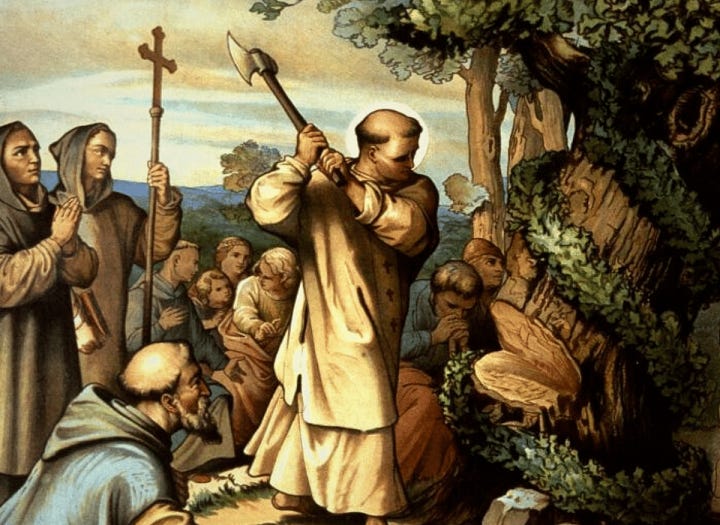

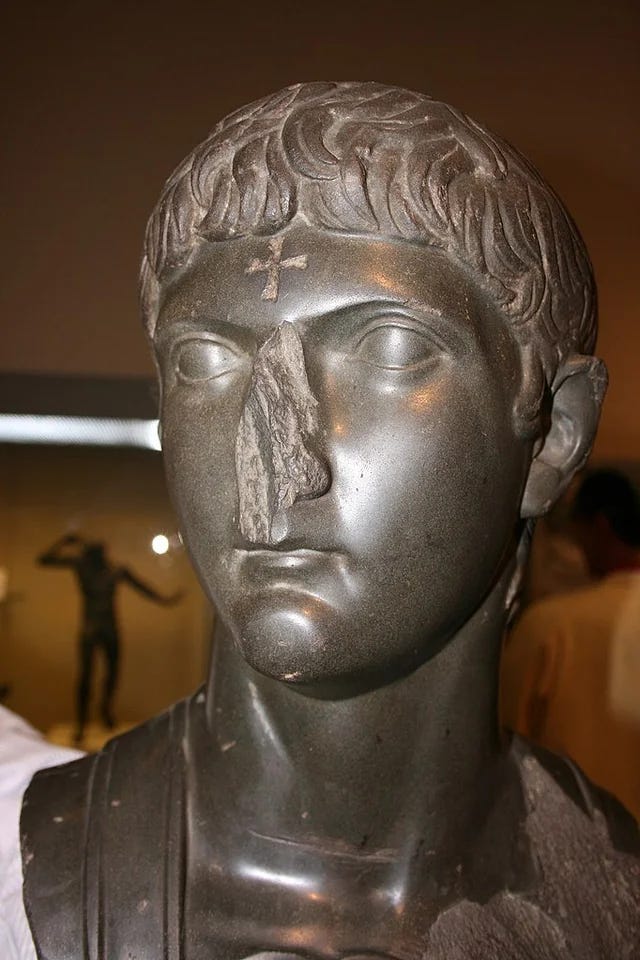
A similar pattern unfolded in Japan, where Buddhism did not take root through a gradual spiritual awakening but through the patronage of a powerful political family seeking to consolidate control. The Soga clan, who first supported Buddhism in the 6th century, recognized that an external, universalist religion could break the power of traditional Shinto clans and centralize governance under a single, imperial religious authority. Just as in Rome, the imposition of this new system led to violent clashes and the suppression of native traditions.
The Suppression of Neanderthal Culture and the Indigenous Parallel
The significance of the Neanderthal connection is not merely anthropological—it is symbolic. Just as indigenous cultures have been subsumed into major religions, Neanderthal culture is wholly credited to its later manifestations in ancient civilizations. In many ways, Neanderthals are the country people of prehistoric studies, subjected to a similar intellectual erasure. If we accept this notion, then the tension between the self-domesticating civilization and its “barbaric” cultural roots is as old as humanity itself.
Prehistory is being reframed, however, with mounting evidence of Stone Age culture that challenges the old model of “progress,” in which intellectual sophistication is tied to urbanization and technological development. The reality is far more complex: Cultural richness and depth have always existed among those who live closely with nature. For centuries, the same logic that dismissed Neanderthals as subhuman has been used to justify the suppression of indigenous spiritual cultures, labeling them as superstitious or simplistic when, in reality, they may represent some of the most enduring and deeply rooted belief systems in human history.
Not only do modern populations carry significant Neanderthal DNA, but Neanderthals have been revealed to be the progenitors of the cyclical worldview colloquially called paganism. When compared to later indigenous traditions, striking parallels emerge, indicating that the mythologies and worldviews of Neanderthal-descended peoples share deep ancestral roots. Populations across the northern hemisphere continue to maintain, consciously or not, mythic traditions rooted in the Stone Age.
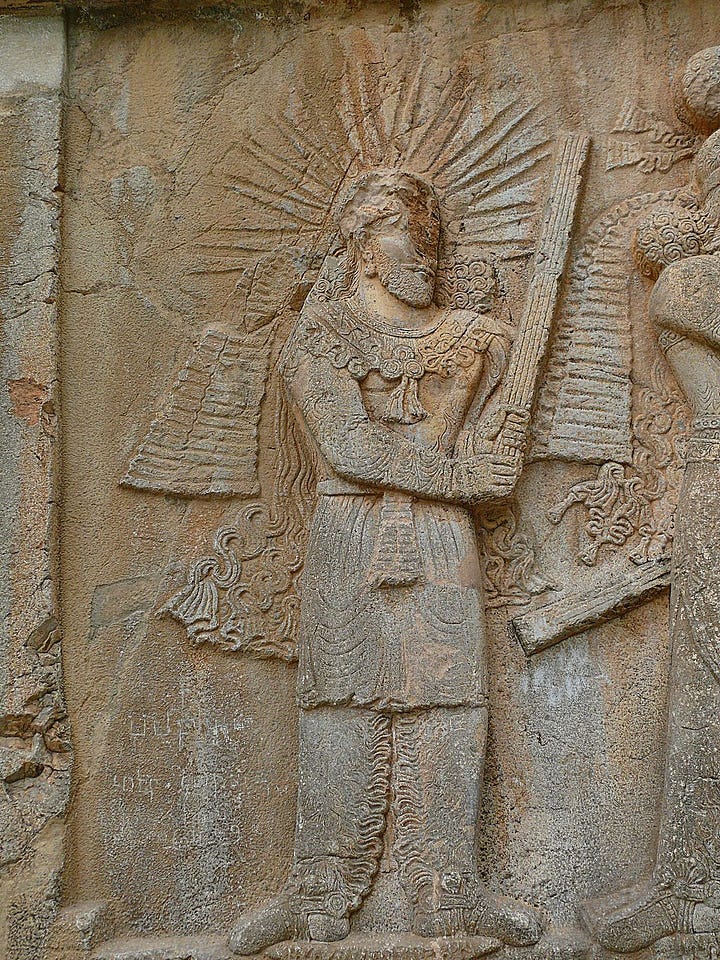
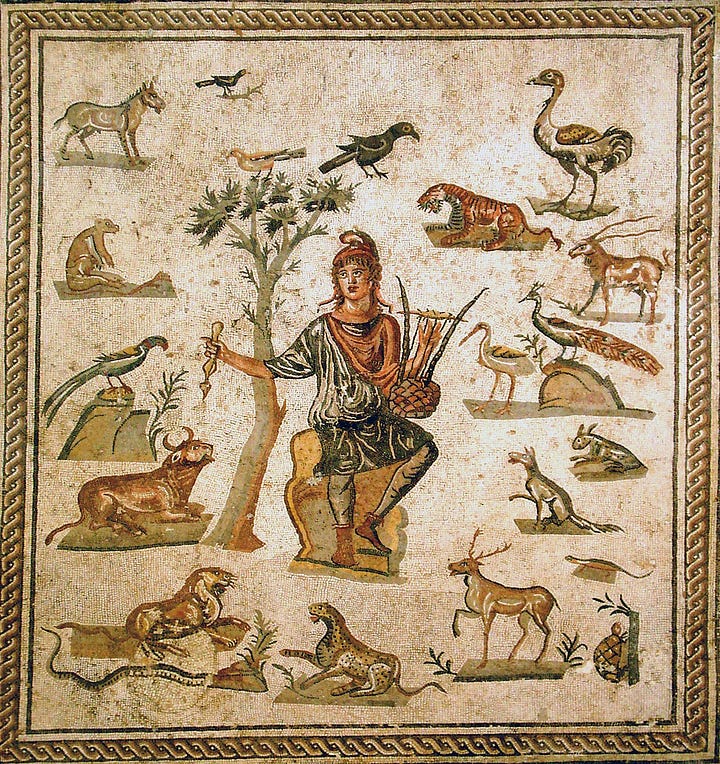
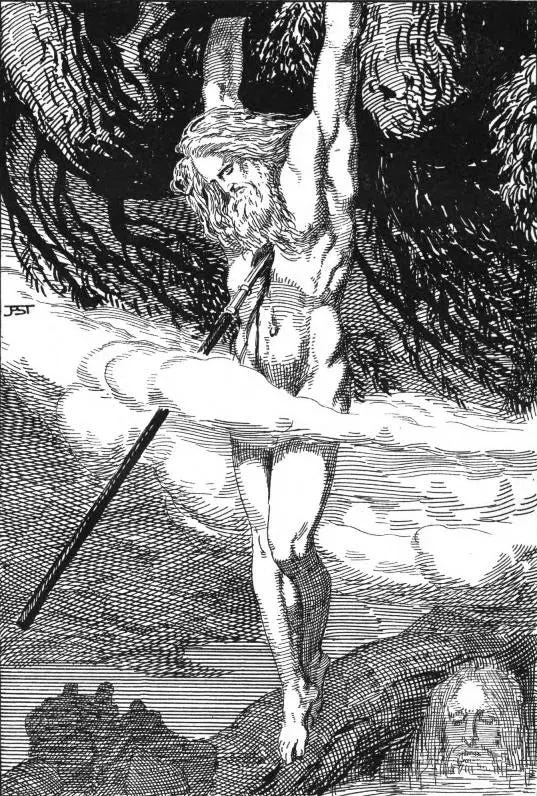

Despite centuries of persecution, suppression, and forced conversion, the pagan impulse persists. The cyclical worldview is maintained in annual traditions like Christmas, Easter, and Halloween—and ancestral veneration through customs such as the recycling of names, framed photographs on display, and the institution of marriage that conserves a traceable line of descent. Archetypes with similarly ancient origins still manifest in the stories we tell, including those of Christ and Buddha, which aren’t separated in spirit from the religious foundation of man—only used as tools for more recent efforts of power centralization. Although it exists in a different category than the major religions, paganism is not a historical footnote. It is an eternal undercurrent of human existence and the baseline for our understanding of divinity.


